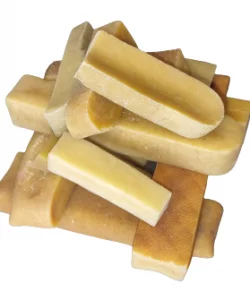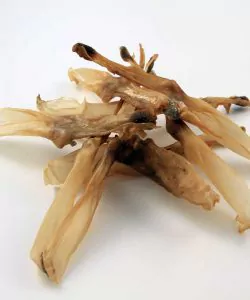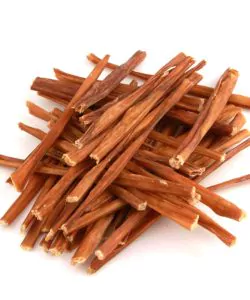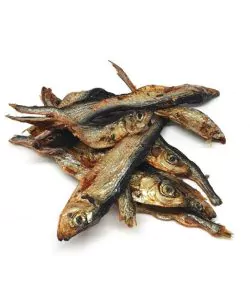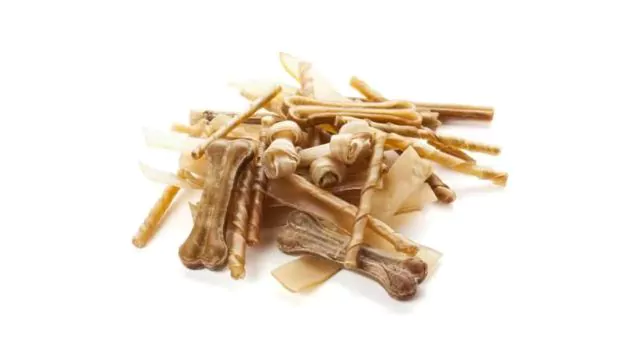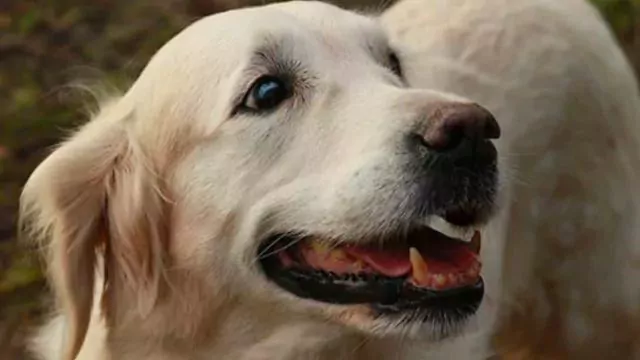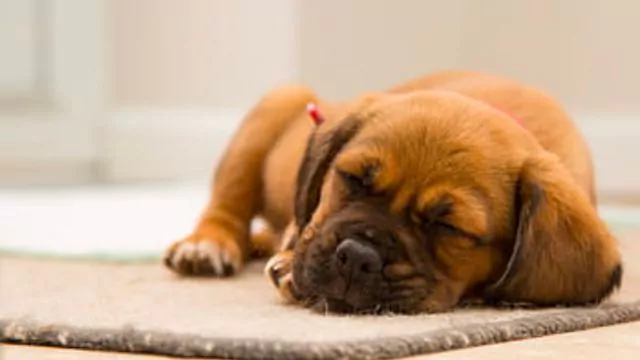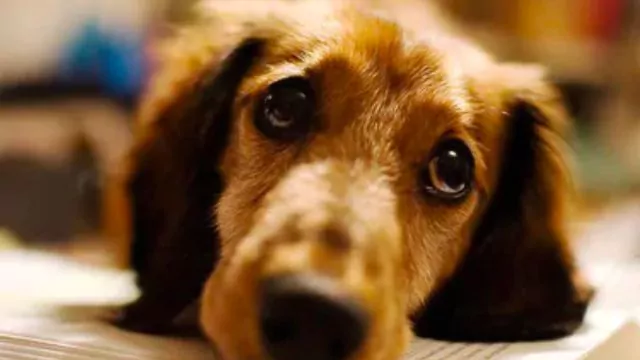New Puppy Crying and Distressed at Night
Why your puppy cries at night. How to overcome pups anxiety by leading Dog Behaviourist Stan Rawlinson.
Puppies Crying and Distressed at Night
if you found this article interesting please sign up for my Newsletter and get my latest articles and comments.
Newsletter Sign Up
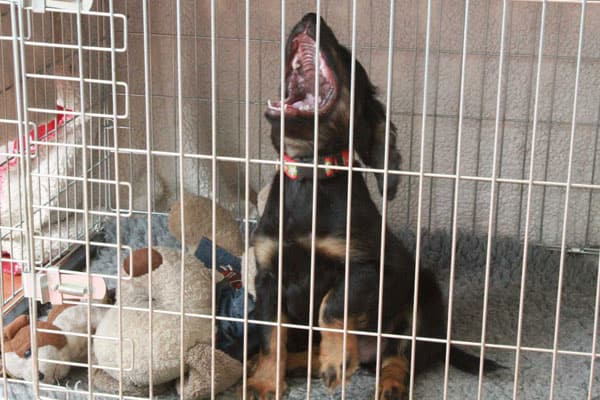
Pups alone in the wild would not survive without this alarm system.
All your dog is doing is following its instinct when it cries when left alone either in the nesting box or the wild.
Young pups learn that if they call for help someone will quickly locate them.
If the puppy is distressed and clearly very upset. Then you may wish to consider allowing it to sleep in your bedroom. Make the bedroom decision only after a number of days with ongoing problems. If you do decide to move the pup to the bedroom, it will need to be within a secure area containing an indoor crate with the door left open initially. Please remember not to lock your puppy in overnight, until at the earliest 12 weeks of age.
Puppies are unable to hold their bowels and bladder movements until this time. It will distress them terribly if they mess in their den and bed. This is especially important if the puppy is under 12 weeks of age. That is why it is very helpful to have a Puppy Play-Pen, as well as a crate.
May I also recommend you read the following in the articles section (1) All About Puppies?. There are 26 separate articles all related to getting the perfect puppy
That includes. Biting and Nipping, Crate Training Pups, Teething Chewing and Separation Problems, Puppy Recall Training and the all-important Puppy Socialisation. Make my website a favourite and come back to it on a regular basis as it has the answers to all of your dog-related problems, from Neutering, Vaccination Dangers, Aggression, and Fearful Dogs. BTW.there are numerous other incredible articles on this website.
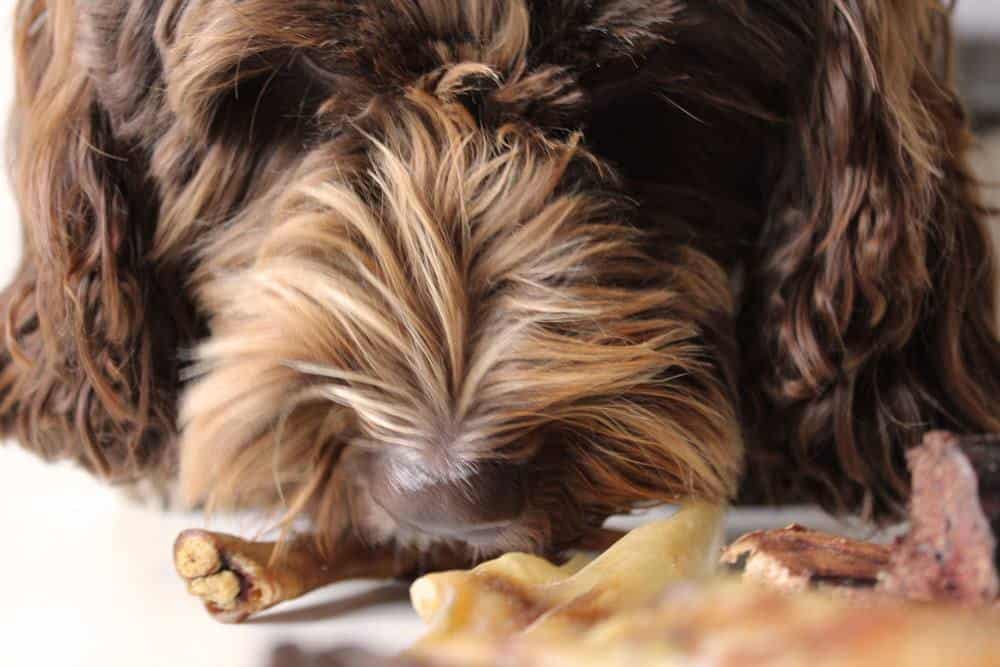
I have started my own brand of (2) Totally Natural Air Dried Treats
Sourced from EU livestock, under their strict animal husbandry laws. Because I have a keen interest in the well-being of puppies I felt it important to create a puppy pack of various treats that will help in training as well as pacifiers.
They will also help growing teeth and jaws when they have a need to chew. Click the picture on the right to go to my range of totally natural dog treats including the Puppy Variety Pack.
All the treats must be from ethical stock and adhere to my stringent guidelines. They must come from EU regulated livestock, human-grade meat. from free-range animals, all grown as nature intended.
No growth hormones, steroids, or antibiotics. Non-Halal. No wheat, gluten artificial rubber or plastics and no grains
Overcoming Crying and Anxiety: Before you decide to move the pup to the bedroom because of acute distress, this is what you should do. When you go to bed, leave the puppy with a long-lasting treat. Calves Hooves stuffed with Salmon or Trout Mousse then freeze them.
Freezing them helps them to last longer because they cannot just lick out the mousse but more importantly, to soothe hot and painful gums You can add bits of other treats like Sprats, Beef Jerky into the Mousse before freezing.
Make up a few of these hooves so you always have one ready As puppy pacifiers, they are perfect for giving them something that will entertain them for a long time. I sell all these on my website and my physical shop. They are also great for
Take the dog out to the toilet then Just before you go to bed give your goodbye hoof pre-prepared or any of the other long-lasting treats that I sell to the puppy. Make sure you have put the siblings and mothers blankets with their smell on which you hopefully got from the breeder. Then put in an old unwashed tee shirt with your smell on.
No long goodbyes just go to bed. These goodbye hooves or pacifier treats can be given at any time and to any age of dog or puppy. They are also excellent for exercising jaws and cleaning teeth. Totally natural with no additives, they last a long time and they are great for teething.
I never use Kongs or plastic chewing pacifiers, everything I use is natural. There is nothing natural about a lump of rubber in lurid colours. Where, as Kong claims do you get bright red rubber from? What about all the rest of the colours. No thank you I only use natural products
Ignoring The Initial Demands: Initially to overcome this noise problem you must ignore it. To go down and scold the puppy would be counterproductive. The action of answering the pups cries serves only to reinforce the crying when you go back to bed. Irrespective of whether your appearance is positive or negative.
The fact that you appeared at all in response to the cries, will have reinforced this crying behaviour. If crying and screaming never elicits a response, then the pup will learn that this method of communication doesn’t’ work.
What never works is waiting whilst the puppy makes, even more, noise then giving up and going to the puppy. All that would teach the puppy that being especially persistent really works! As mentioned earlier, you cannot allow the puppy to become so distressed that it harms itself either physically or mentally
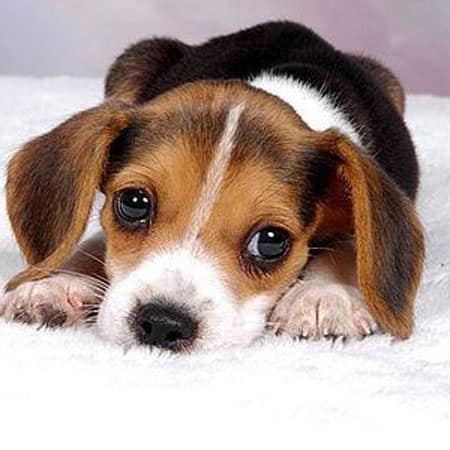
Plan to Succeed: Punishment does NOT teach your dog to be quiet, any more than it would a baby crying.
Punishment or anger will stress him more and could create behavioural problems or affect your future relationship with your pet.
You can help your puppy accept the separation more quickly, by carefully introducing him to the area you want the pup to sleep.
Then carefully feed your dog its favourite treats in this area. If you are using a crate or playpen and that is highly recommended.
When you go to bed leave a Calves Hoof, Bulls Horns, Beef Scalp or Beef Jerky Sticks in the crate or playpen when you go up to bed.
You can stuff the Hooves or Horns with whole air-dried Sprats and seal them in with Beef Jerky to make an irresistible goodbye or goodnight treat.
Observe how your dogs get on with the treats as some dogs are gulpers.
These treats are absolutely fine but just make sure you observe the first few time you give them so they do not try and gulp. them down.
I call them Puppy Pacifiers, these help them overcome any initial crying went left alone. See my informative article on preparing your puppy or adult dog for periods of being left alone (3) Separation Anxiety.
I am a staunch advocate of crate training. Correctly introduced it speeds up the toilet training process and can be invaluable in later life. This gives the pup a secure and comfortable den, a bolt hole in times of stress. It can also be an invaluable asset when the pup gets older.
Situations, where a dog may need the ability to accept and relax in a crate in later life, include recovery from medical problems, broken bones, travel, emergency, and adjustment to a new home or a new family. Obviously, the best time to introduce a crate is when they are puppies. (4) Toilet Training With a Crate
Put newspaper down in the playpen or outside the crate. Never put newspaper in the crate. By doing that you are telling the puppy that it is OK to defecate or urinate in the crate.
A playpen keeps them safe from electrical wires, television controls, dangerous objects. Another good reason to use a playpen is that dogs really start teething at 17 weeks. This can last for as long as one year old.
Playpens allow you to give them space to move around and play and toilet at will. You can change them to any shape you want. They also save your furniture and other goods from being destroyed as they get older “17 weeks” and start teething big-time.
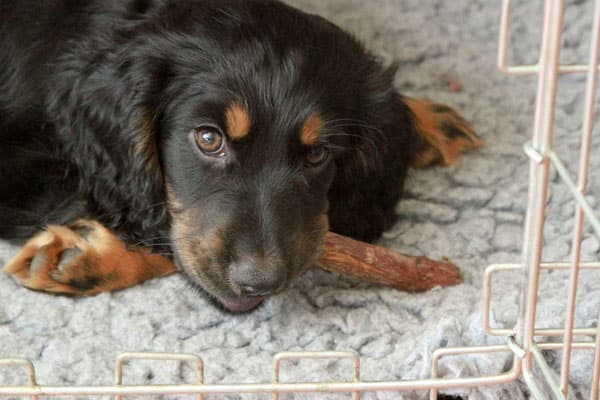
Puppy Pads: I never use puppy pads, this teaches the puppy to toilet indoors.
They are impregnated with an attractor scent, normally horses urine
The best setup is with a crate inside a puppy playpen. Then the puppy can defecate and urinate when required on paper.
This is vitally important during the early days, whilst your pup is unable to hold its toileting overnight.
It can cause crate aversion and toileting problems and may cause lasting anxiety.
Until the puppy, is 12 weeks old do not shut the crate door overnight because they struggle to hold their urine and faeces for that long.
Moving Pups Crate: If you have let the puppy in the bedroom then once the pup has settled down and is over the distress, this may take a few days or weeks. Then start to move the crate to where you really want the dog to sleep. Start by moving the crate outside the bedroom door, then after a time to the top of the stairs, then the hallway and finally in the place where you want the puppy to be. These are the crates that I use and now sell (5) My Dog Crates
You will normally know if the puppy is seriously distressed if it starts throwing itself at the bars trying desperately to escape, defecating or urinating and salivating in the crate is also signs of distress.
If you decide that the bedroom is not the best place for the puppy, there are some very good reasons why pups should not be allowed upstairs, unless seriously distressed.
Puppies bones are soft and pliable at this age, Any pressure on the joints of the front legs whilst manoeuvring downstairs can cause a condition called over-run. This is when the bone between the pastern and the forearm pushes over the forearm joint causing lameness and premature arthritis.
Why You Should Use a Crate. It aids the training of toileting outdoors. It is a safe haven. You can use it when your dog is convalescing. If your dog is injured or ill, the first thing that happens in the vets if they put the dog in a crate.
If he has never been crate trained this will be very distressing (6) Introducing a Crate to a Puppy Further reading. (7) The Alpha Myth. This dispels the myth that we can be the leader of the pack, the Alpha.
It gives you an insight into a whole new way of training and behaviour therapy. It will also explain how you can bond better and arrive at mutual respect. You may find (8) Killing With Kindness very useful with your new addition to the family.
There are lots of other puppy articles, covering everything from nipping and biting, to the top most popular names for dogs. You may be surprised at what comes top. Click on home and go to articles and hover over puppies. It is also worth considering at this vital time in the puppies life (9) Sound Desensitisation Disc.
If young pups are gently desensitised at a very early age, then they often do not get problems with traffic noises, fireworks, gunshots, air brakes, police and ambulance sirens and thunder. Definitely worth the investment to help prepare these young pups for all frightening eventualities
Each sound has its own track, therefore, you can put that track on repeat. This gently gets the puppy or older dog used to the very sounds that could cause them problems as they grow up. Only £9.00.
Remember, get your new puppy used to leads and collars, before they are allowed to go out. If you wait until the pup is allowed to go outdoors, then you will have all sorts of problems, it will delay many of the important socialisation exercises as the puppy will concentrate on the lead and collar rather than its surroundings.
I sell what I believe are the very best collars and leads for puppies and adult dogs that money can buy. They are manufactured specifically for me, you cannot buy them anywhere else. I will make this promise. If you are not totally happy with these leads and collars I will refund in full less postage if they have not been used. Made from cushion web they are soft on the puppy and your hands. (10) Leads and Collars.
You may also want to consider the (11) The Jingler. It is an amazing training aid that I devised and developed to help you train your puppy or adult dog quickly and simply
Stan Rawlinson 2005 updated regularly
Last updated September 2021
This is my latest article
Why The First 16 Weeks of Your Pups Life is So Important
(1) All you Need to Know About Puppies.
(2) Totally Natural Air Dried Treats
(4) Toilet Training With Crate.
(5) My Dog Crates
(6) Introducing a Crate to a Puppy
(7) The Alpha Myth
(9) Sound Desensitisation Disc
(10) Leads and Collars
(11) The Jingler


